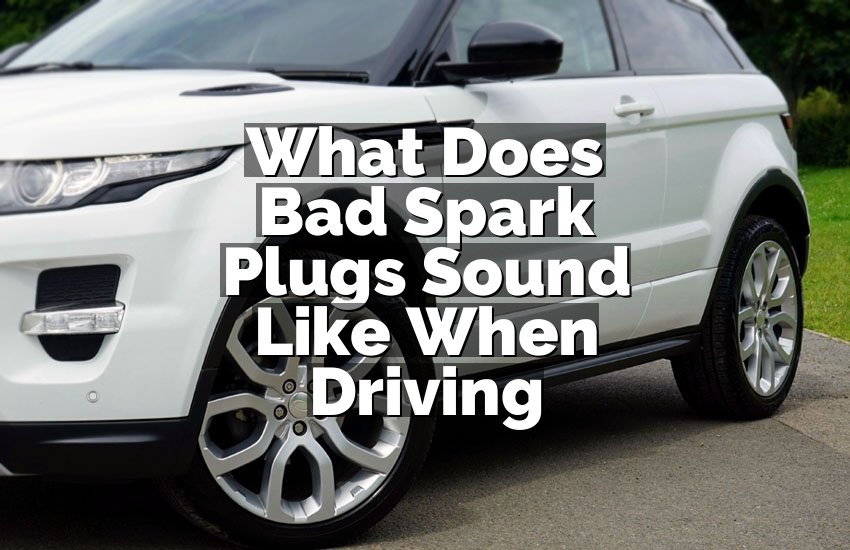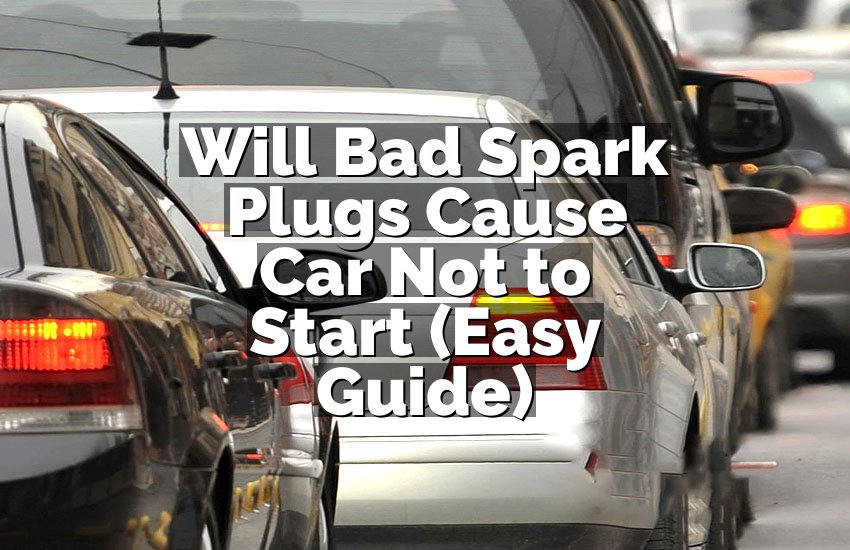Is your car’s engine temperature rising and you’re wondering just how far you can push it? Maybe you’ve noticed the warning light come on, but you’re unsure whether to pull over or keep driving. Don’t panic! In this article, we’ll take a deep dive into how far you can drive an overheating car, the risks involved, and how to handle the situation if it happens to you. Let’s break things down step by step, so you can feel confident about what to do when your car’s engine is running hot.
What Happens When a Car Overheats?
When a car overheats, it means that the engine is getting too hot, typically beyond the safe operating temperature range. Usually, this is caused by a cooling system failure, such as a leak in the radiator or low coolant levels. The engine temperature is controlled by the car’s cooling system, which includes the radiator, water pump, thermostat, and hoses. When something goes wrong with any of these parts, the engine can overheat, leading to potential damage if not addressed promptly.
An overheating engine could show up in various ways: the temperature gauge may move into the red zone, the “check engine” light or the “temperature” light might come on, or you may even notice steam rising from the hood. If you ignore the overheating issue, you could end up with costly damage or a complete engine failure.
But how far can you safely drive with an overheating engine? The answer depends on several factors, including how serious the issue is, the type of car you have, and how quickly the overheating condition worsens. Let’s explore this in more detail.
How Far Can You Drive When Your Car is Overheating?
The general rule of thumb when it comes to driving an overheating car is simple: don’t do it if you can avoid it. Overheating can cause severe damage to your car’s engine, and continuing to drive while the engine is too hot can make the situation worse. However, there are a few cases where you might be able to drive a short distance, depending on how severe the overheating is.
Immediate Signs of Overheating
First, it’s important to recognize the signs of an overheating engine. These may include:
- The temperature gauge moving into the red zone or “H” (Hot)
- A flashing or illuminated warning light on the dashboard
- Steam or smoke coming from under the hood
- A strange odor, often burning smells like coolant or oil
If you see any of these signs, it’s best to pull over immediately to prevent further damage.
Driving Short Distances with Overheating
If you absolutely need to get somewhere and the overheating isn’t too severe, you may be able to drive for a short distance. However, it’s essential to keep an eye on the temperature gauge and be ready to pull over at the first sign of trouble. Keep in mind:
- Drive slowly: The faster you drive, the more strain you put on the engine, which can increase the temperature even more. Try driving at a steady, moderate speed to minimize the risk of further overheating.
- Turn off the air conditioner: The AC system uses the engine’s power and adds heat to the engine. Turning it off can help prevent the engine from getting hotter.
- Turn on the heater: It may sound strange, but turning on the heater can help pull heat away from the engine. While uncomfortable for passengers, this can be a helpful temporary fix when you’re trying to get to a safe spot.
- Drive in the lowest gear: If you drive a manual transmission, driving in a lower gear will keep the engine at a lower RPM, which can help it cool down.
If your engine’s temperature gauge is dangerously high and the warning lights are flashing, it’s better to stop right away. Continuing to drive a car in this condition will increase the likelihood of expensive repairs down the road.
The Risks of Driving an Overheating Car
Driving an overheating car can cause significant damage to the engine. The longer you wait to address the issue, the more likely it is that your car will suffer from one or more of these problems:
Engine Seizure
If the engine gets too hot, the oil inside it can break down, reducing its ability to lubricate the engine components. This can lead to increased friction between parts, which could eventually cause the engine to seize up. Engine seizure is a severe problem that often requires an expensive replacement of the engine, so it’s something you definitely want to avoid.
Blown Head Gasket
The head gasket is a crucial part that seals the engine block and prevents coolant from leaking into the cylinders. Overheating can cause the head gasket to crack or blow, which can lead to coolant leaking into the engine and causing further damage. A blown head gasket is costly to fix, and it often requires removing the entire engine to repair it.
Warped Cylinder Heads
The cylinder heads play an important role in sealing the combustion chambers, and excessive heat can cause them to warp or crack. Warped cylinder heads can lead to loss of compression in the engine, making it run poorly or not start at all.
Radiator Damage
The radiator is an essential part of the cooling system. If your car overheats, it could cause damage to the radiator, which may lead to leaks. Replacing a damaged radiator is often expensive and time-consuming.
Transmission Failure
If the engine temperature gets too high, it could affect the transmission fluid, causing the fluid to break down. This could result in transmission failure, which is another costly repair.
Cooling System Failure
Overheating can also cause the cooling system to fail. If a coolant leak or other cooling system failure is the reason for the overheating, it can worsen the situation. Continuing to drive the car in this condition could lead to a complete breakdown of the cooling system, resulting in even more expensive repairs.
The risks of these issues increase the longer you continue driving the car while it’s overheating, so the best advice is always to pull over as soon as you can.
How to Deal with an Overheating Car
Now that we’ve covered the risks and the general rule to avoid driving an overheating car, let’s discuss how you can handle the situation if your car does overheat.
Step 1: Pull Over Safely
When your car’s engine is overheating, it’s crucial to pull over to a safe spot as soon as you can. If you’re driving on the highway, try to move to the shoulder or a rest area. If you’re in a city or town, look for a parking lot or side street. Avoid stopping in dangerous or high-traffic areas.
Step 2: Turn Off the Engine
Once you’ve pulled over, immediately turn off the engine. Continuing to run the engine while it’s overheating will only make things worse. Let the engine cool down for at least 15-30 minutes before opening the hood.
Step 3: Check the Coolant Level
After the engine has cooled down a bit, check the coolant level. If it’s low, this could be the reason for the overheating. However, it’s important to let the engine cool before you open the radiator cap, as hot steam can escape and cause burns.
If you’re able to, top off the coolant with the proper type of coolant for your car. If you’re in an emergency situation and don’t have coolant, you can use water as a temporary fix to get you to a repair shop, but don’t rely on it for long-term use.
Step 4: Look for Leaks
If you notice any visible leaks under the car or around the engine area, this could be a sign that there’s a problem with the cooling system. Leaks could indicate a broken hose, radiator issue, or a failed gasket. If you spot a leak, it’s best not to drive the car and call for roadside assistance.
Step 5: Call for Help
If you’re unsure of what caused the overheating or if you’re unable to resolve the issue, it’s always best to call for professional help. You can either call a tow truck to take your car to the nearest repair shop or use roadside assistance if your insurance plan provides it.
I hope this article helped you understand how far you can drive an overheating car and what steps to take if it happens. The key takeaway is that it’s never a good idea to drive an overheating car for long. The risks of engine damage far outweigh the benefits of trying to make it to your destination. If your car overheats, stop immediately, and call for help if needed. Your car—and your wallet—will thank you in the long run.
Frequently Asked Questions
Is it safe to drive a car with the temperature gauge in the red zone?
No, it’s not safe. A car in the red zone is severely overheating, and continuing to drive can cause significant engine damage. Stop as soon as possible.
Can an overheating engine cause a blown head gasket?
Yes, overheating can cause the head gasket to crack or blow, which can lead to coolant leaking into the engine, causing further damage.
Do I need to replace my coolant if my car overheats?
Yes, if your car overheats due to low or contaminated coolant, it’s a good idea to replace it. Make sure to use the correct coolant for your vehicle.
Is it okay to use water instead of coolant in an emergency?
In an emergency, water can be used as a temporary fix, but it should be replaced with proper coolant as soon as possible to prevent further issues.
Can overheating damage the radiator?
Yes, overheating can cause the radiator to warp, crack, or leak. This damage can worsen the overheating issue and lead to more repairs.
Is it possible to drive an overheating car to a repair shop?
You may be able to drive a short distance if the overheating is mild, but it’s best to avoid it. If the temperature is dangerously high, stop immediately and get assistance.
Do I need to replace the engine if it overheats?
Not always, but overheating can cause severe damage, such as warping the cylinder heads or blowing the head gasket, which may require costly repairs or engine replacement.
Can the transmission be damaged by an overheating engine?
Yes, if the engine overheats and the transmission fluid breaks down, it can cause the transmission to fail. Always address overheating as soon as possible to avoid this risk.


